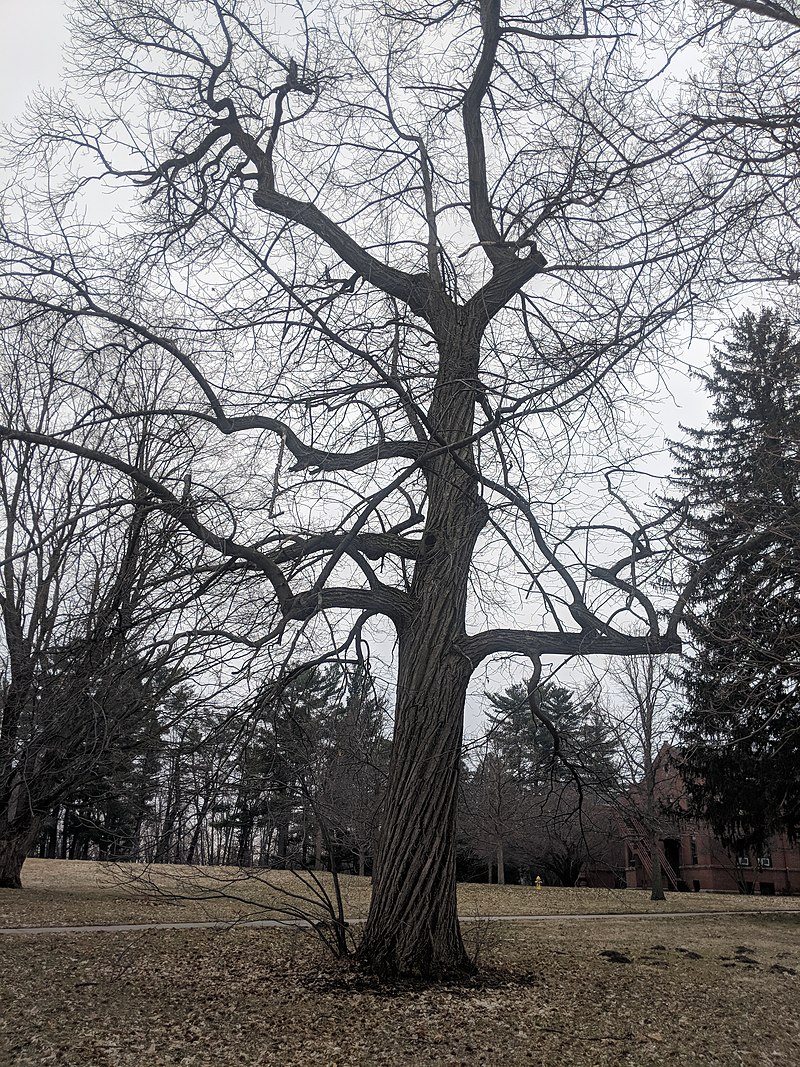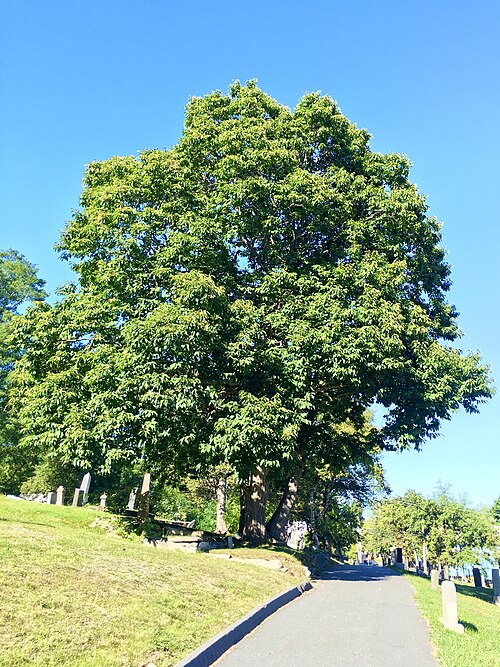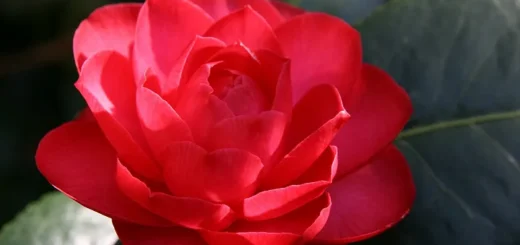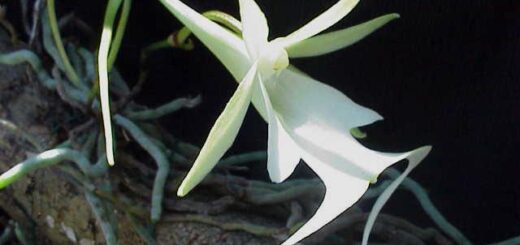American Chestnut Tree – A Legend, Lost and Found

Once towering over the Eastern U.S. forests, the American Chestnut tree (Castanea dentata) was more than just a tree, it was a pillar of ecosystems, economies, and communities. In the early 1900s, however, a devastating blight nearly wiped it from existence. Today, thanks to science and sheer determination, this majestic tree is inching toward a comeback. Here’s the story of the rise, fall, and hopeful revival of the American Chestnut.
A Forest Giant with a Generous Heart 🌲
Before the 20th century, the American Chestnut was a dominant species in the Appalachian region and beyond. These trees could grow over 100 feet tall and live for centuries. In many forests, one out of every four hardwood trees was a chestnut.
But it wasn’t just their size that made them special:
- Wildlife sustenance: Their nuts fed bears, deer, squirrels, and turkeys.
- Human resource: The nuts were a staple in rural diets and even a cash crop in some areas.
- Wood wonders: The tree’s rot-resistant, straight-grained wood was prized for construction, furniture, and fencing.

American Chestnut Nuts with Burrs and Leaves. Photo by: Timothy Van Vliet 2004 from Orchard in New Jersey. Creative Commons | Author: The original uploader was Peatcher at German Wikipedia. – Source: https://commons.wikimedia.org/wiki/File:American_Chestnut.JPG
The Blight That Changed Everything 🍂
In 1904, a fungal disease called chestnut blight (Cryphonectria parasitica) was discovered in New York. An accidental import from Asia, the fungus spread rapidly, unstoppable and lethal.
Within 50 years, nearly 4 billion American Chestnut trees were dead or dying.
The blight attacks the tree’s bark, cutting off nutrients and water. While the root systems often survive and send up new shoots, these rarely live long enough to mature and bear fruit before the blight strikes again.

Mature, healthy American chestnut in Halifax, Nova Scotia. – Creative Commons | Author: Jonathanbuffett
Fighting for a Future: Science Steps In 🔬
Despite the devastation, the story of the American Chestnut didn’t end in despair. For decades, scientists, citizen groups, and conservationists have been working to bring it back.
Here are some of the major efforts:
1. Backcross Breeding
Led by The American Chestnut Foundation, this approach involves breeding American Chestnuts with disease-resistant Chinese Chestnuts, then backcrossing to preserve over 90% of the American genetics, while retaining the resistance.
2. Biotechnology & Genetic Engineering
In recent years, researchers at SUNY College of Environmental Science and Forestry developed a genetically modified American Chestnut tree with a wheat gene that helps detoxify the blight fungus. Early tests have shown promising resistance.
3. Forest Restoration Initiatives
Test plantings in national forests and protected lands are underway to study long-term survival, growth, and ecological impact. Communities and schools are also helping plant experimental trees.
Why It Matters 🌱
The revival of the American Chestnut isn’t just about restoring a tree, it’s about restoring balance.
- Biodiversity: Its nuts once fed countless species. Its loss rippled through food chains.
- Carbon Sequestration: A healthy chestnut forest pulls carbon from the air and stabilizes the soil.
- Cultural Legacy: For generations, the chestnut was woven into traditions, songs, and livelihoods.
Its return is both a scientific triumph and a symbol of resilience.

Experimental trials by The American Chestnut Foundation at Tower Hill Botanic Garden in Massachusetts. – Creative Commons | Author: Daderot – Source: https://commons.wikimedia.org/wiki/File:Tower_Hill_Botanic_Garden_-_American_chestnuts.jpg
Restoration Efforts
The American Chestnut tree is a tale of beauty, tragedy, and renewal. As restoration efforts continue, we’re reminded that extinction isn’t always final—and that with enough dedication, even a forest giant can rise again.
Next time you’re in the woods, keep an eye out. The mighty chestnut may be making its quiet comeback, one sapling at a time.
Want to get involved? Check out The American Chestnut Foundation to learn more about how you can help bring this legend back to life.
References:
https://en.wikipedia.org/wiki/American_chestnut










